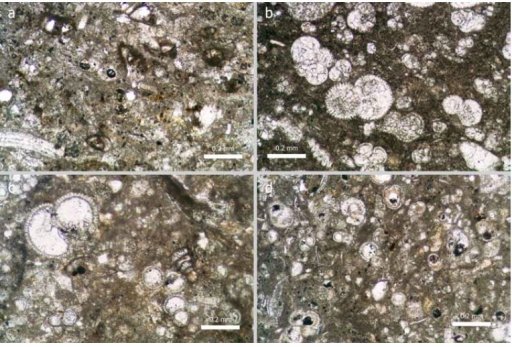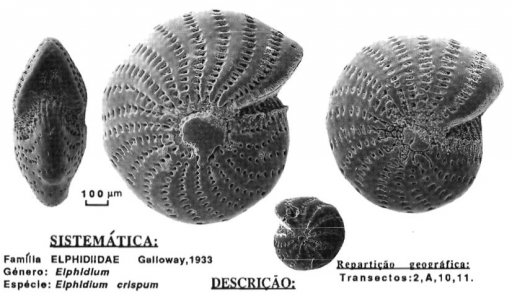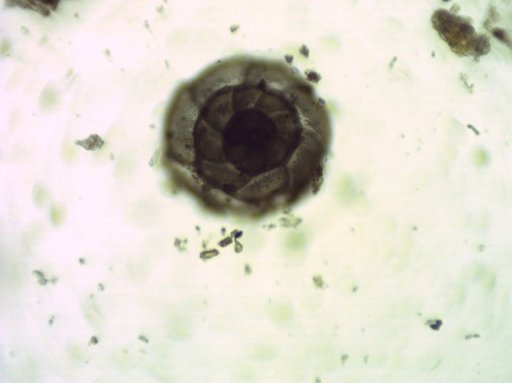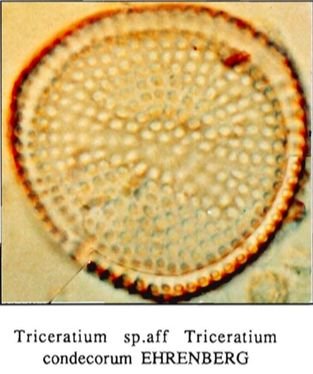Forensic Micropaleontology
This short course provides an original and yet unpublished synthesis on a frontier subject overlapping three kinds of knowledges: microfossils, archaeological research and criminal investigations.
- Course Type
Short Course - Duration
1 day - Thematic
Geosciences - Location
- Country
-
Satisfaction rate






